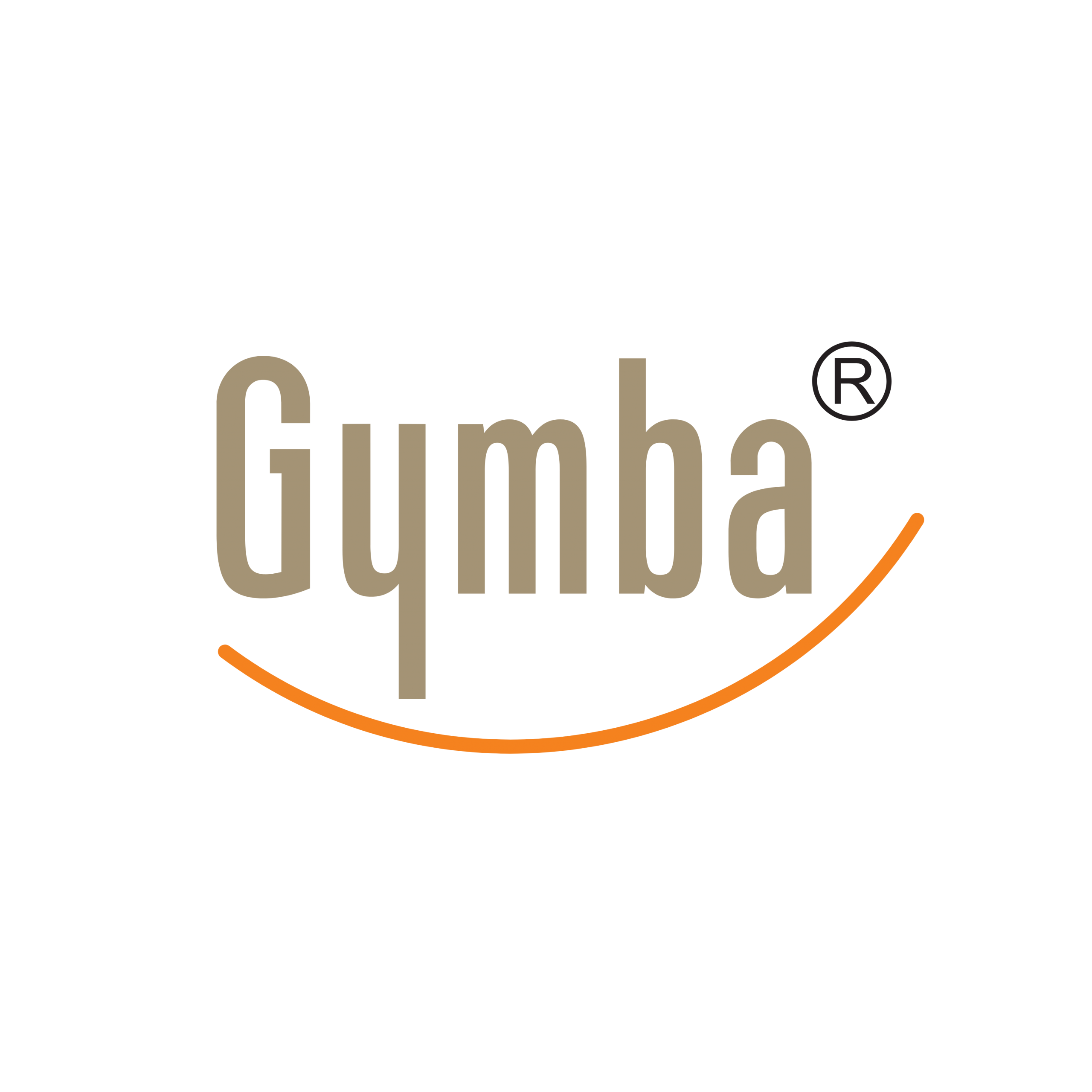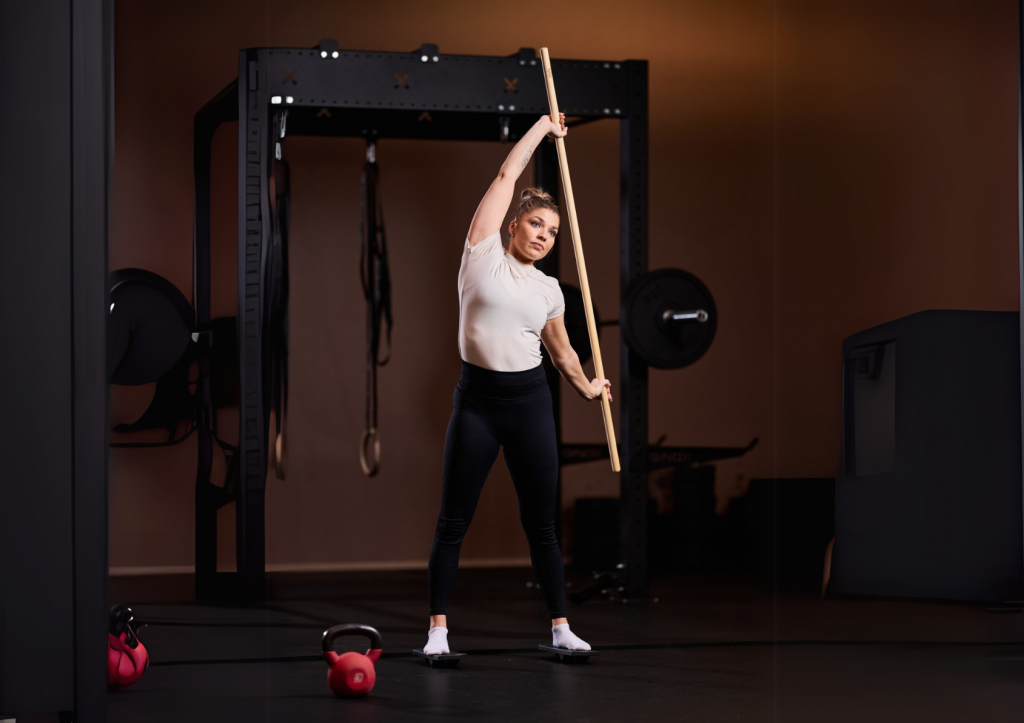Effective stretches for lower back pain that can be done at your desk include gentle spinal twists, seated figure-four stretches, and standing back bends. These movements help relieve tension caused by prolonged sitting and improve circulation to tight muscles. Incorporating these simple stretches into your workday routine can provide immediate relief while addressing the underlying postural issues that contribute to lower back discomfort. The key is performing these stretches consistently throughout the day rather than waiting until pain becomes severe.
Why is addressing lower back pain at your desk important?
Addressing lower back pain at your desk is essential because prolonged sitting is one of the primary contributors to back problems in the modern workplace. For many office workers, sitting for 8+ hours daily places enormous strain on the lumbar spine, causing stiffness, compressed discs, and muscular imbalances.
When you remain in the same position for hours, blood circulation decreases to your lower back muscles, leading to tension and pain. This static posture also weakens core and back muscles over time, creating a cycle of discomfort that can become chronic if not addressed.
Integrating regular stretches into your workday helps counteract these effects by:
- Increasing blood flow to tight muscles
- Releasing tension in the lumbar region
- Maintaining spinal mobility
- Activating supporting muscle groups
- Preventing the progression from occasional discomfort to chronic pain
Simply put, consistent stretching serves as both prevention and treatment for work-related back pain, allowing you to remain productive without sacrificing your physical wellbeing.
What causes lower back pain when sitting at a desk?
Lower back pain during desk work typically stems from a combination of poor posture and limited movement. When sitting, many people slouch forward or lean to one side, forcing the spine into unnatural positions that place excessive pressure on specific vertebrae, discs, and surrounding muscles.
Several common factors contribute to desk-related back pain:
- Forward head posture that pulls the entire spine out of alignment
- Tucked pelvis that flattens the natural lumbar curve
- Hunched shoulders that create tension throughout the back
- Muscle imbalances from overusing certain muscles while others weaken
- Inadequate desk ergonomics, including improper chair height and monitor position
- Lack of movement variation throughout the workday
These issues are compounded by the fact that sustained sitting increases pressure on spinal discs by up to 40% compared to standing. Without regular movement to pump fresh blood and nutrients to these areas, tissues become oxygen-deprived, inflamed, and painful.
What are the best seated stretches for immediate lower back relief?
The most effective seated stretches for immediate lower back relief focus on gently mobilizing the spine and releasing tension in the surrounding muscles. These can be performed discreetly throughout your workday without disrupting your workflow.
Try these simple yet effective seated stretches:
- Seated Spinal Twist: Sit upright with feet flat on the floor. Place your right hand on your left knee and your left hand behind you on the chair. Gently twist your torso to the left, looking over your left shoulder. Hold for 20-30 seconds, then repeat on the opposite side. This rotates the spine and releases tension in the lower back muscles.
- Figure-Four Stretch: While seated, cross your right ankle over your left thigh, creating a figure-four shape. Keep your back straight and gently lean forward from the hips until you feel a stretch in your right hip and glute. Hold for 30 seconds and switch sides. This addresses piriformis tightness that often contributes to lower back pain.
- Forward Reach: Sit at the edge of your chair with feet flat and knees hip-width apart. Slowly bend forward, reaching your hands toward your feet while keeping your back straight. Hold for 15-20 seconds, feeling the stretch along your spine.
- Seated Cat-Cow: Sit forward on your chair with feet flat. Place hands on knees. Inhale while arching your back (cow), then exhale while rounding your spine (cat). Repeat 10 times, moving with your breath to mobilize the entire spine.
Performing these stretches every 1-2 hours helps maintain spinal mobility and prevent the buildup of tension that leads to pain. The key benefit is that you can incorporate them without leaving your desk or interrupting your workflow.
How can you stretch your lower back while standing at your desk?
Standing stretches offer powerful relief for lower back pain by utilizing gravity and your full range of motion. Taking brief movement breaks to perform these stretches can significantly reduce pain while improving your overall energy and focus.
Effective standing stretches include:
- Standing Back Bend: Stand with feet hip-width apart and place your hands on your lower back with fingers pointing downward. Gently lean backward, using your hands as support while looking up toward the ceiling. Hold for 5-10 seconds, repeat 3 times. This counteracts the forward-bent posture of desk work.
- Standing Side Stretch: Stand straight with feet hip-width apart. Raise your right arm overhead and lean to the left, feeling the stretch along your right side. Hold for 15-20 seconds, then switch sides. This lengthens the quadratus lumborum, a common source of lower back pain.
- Hip Flexor Stretch: Step one foot forward in a split stance. Keep your back leg straight and gently push your hips forward until you feel a stretch in the front of your back hip. Hold for 30 seconds, then switch sides. Tight hip flexors are a major contributor to lower back pain in desk workers.
- Standing Hamstring Stretch: Place one heel on a low surface (like a chair seat or desk drawer) with your toes pointing up. Keeping your back straight, hinge forward from the hips until you feel a stretch in the back of your leg. Hold for 20-30 seconds, then switch legs.
The advantage of these standing stretches is that they engage multiple muscle groups simultaneously while allowing for deeper stretches than seated positions. Even just 2-3 minutes of standing stretches can provide hours of relief.
How often should you do desk stretches for lower back pain?
For optimal relief and prevention, aim to incorporate movement breaks every 30-60 minutes throughout your workday. Research suggests that frequent, shorter stretch sessions are more effective than one longer session for managing back pain associated with desk work.
A balanced approach includes:
- Brief stretching (30-60 seconds) every hour
- A more comprehensive 5-minute routine every 2-3 hours
- Standing and walking for at least 5 minutes each hour
- Alternating between seated and standing positions if possible
The duration of each stretch matters less than consistency—holding a stretch for 15-30 seconds is typically sufficient to release tension without disrupting your workflow. The cumulative effect of these mini-breaks dramatically reduces lower back pain while improving productivity and focus.
Consider setting discreet reminders on your phone or computer, or linking stretching to regular activities like finishing an email or ending a call. This habit formation approach makes consistent stretching more sustainable long-term.
What desk modifications can complement your stretching routine?
While stretching addresses existing tension, modifying your workspace helps prevent lower back pain from developing in the first place. The ideal approach combines regular stretching with ergonomic improvements that support proper alignment and natural movement.
Effective desk modifications include:
- Using an ergonomic chair that supports your natural lumbar curve
- Adjusting monitor height so the top of the screen is at or slightly below eye level
- Positioning keyboard and mouse to allow relaxed shoulders and 90-degree elbow angles
- Implementing a sit-stand desk to vary positions throughout the day
- Adding an active sitting solution that encourages subtle movement while seated
We at Gymba have developed solutions specifically designed to address lower back pain by promoting natural movement throughout the workday. Our Gymba Activation Board encourages subtle, walking-like movements while standing, activating core muscles and improving circulation to the lower back. When used alongside regular stretching, these active workspace solutions can dramatically reduce discomfort while improving energy and productivity.
For comprehensive back care, combine regular stretching with ergonomic tools that allow your body to move naturally throughout the day, rather than remaining fixed in positions that create tension and pain.

